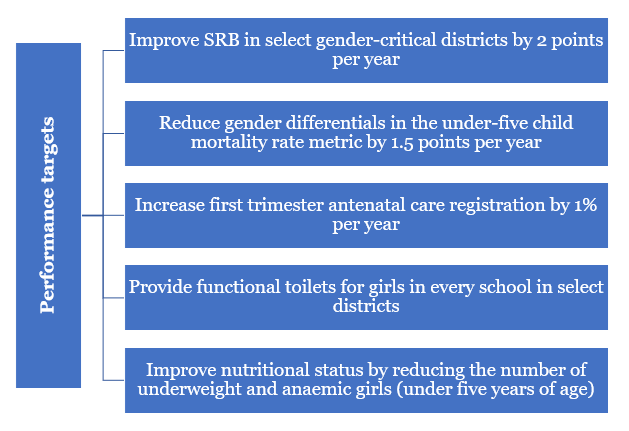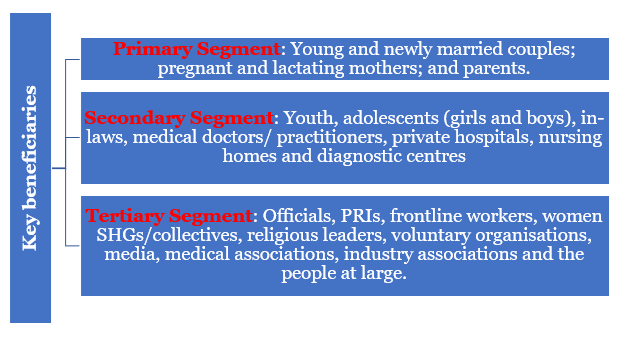7667766266
enquiry@shankarias.in
Marking 10 years of the Beti Bachao Beti Padhao movement, the Prime Minister has highlighted the instrumentality of the scheme in overcoming gender biases and empowering girl children.

|
BBBP initiatives undertaken by districts |
|
|
Digital Guddi-Gudda Board |
|
|
Udaan- Sapneya Di Duniya De Rubaru |
|
|
My Aim My Target Campaign |
|
|
Lakshya Se Rubaru |
|
|
Noor Jeevan Ka Betiyan |
|
|
Bitiya and Birba |
|
|
Aao School Chalein |
|
|
Collector Ki Class |
|
|
Bal Cabinet |
|
